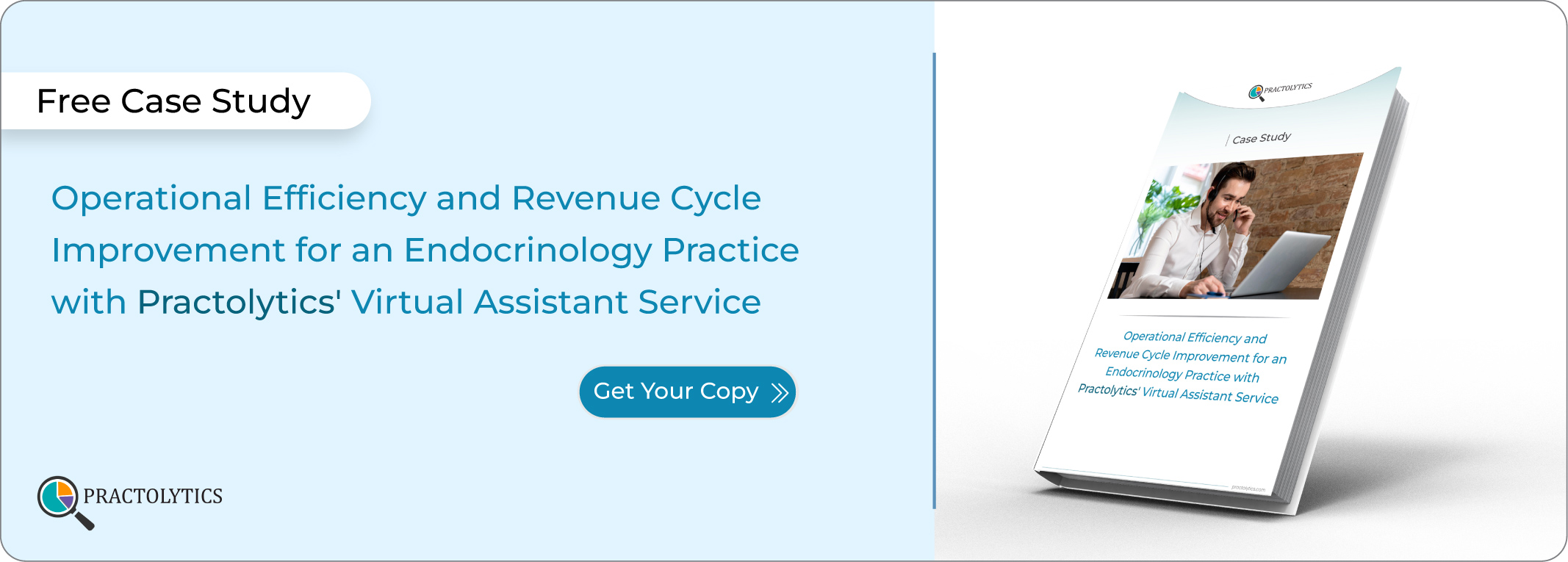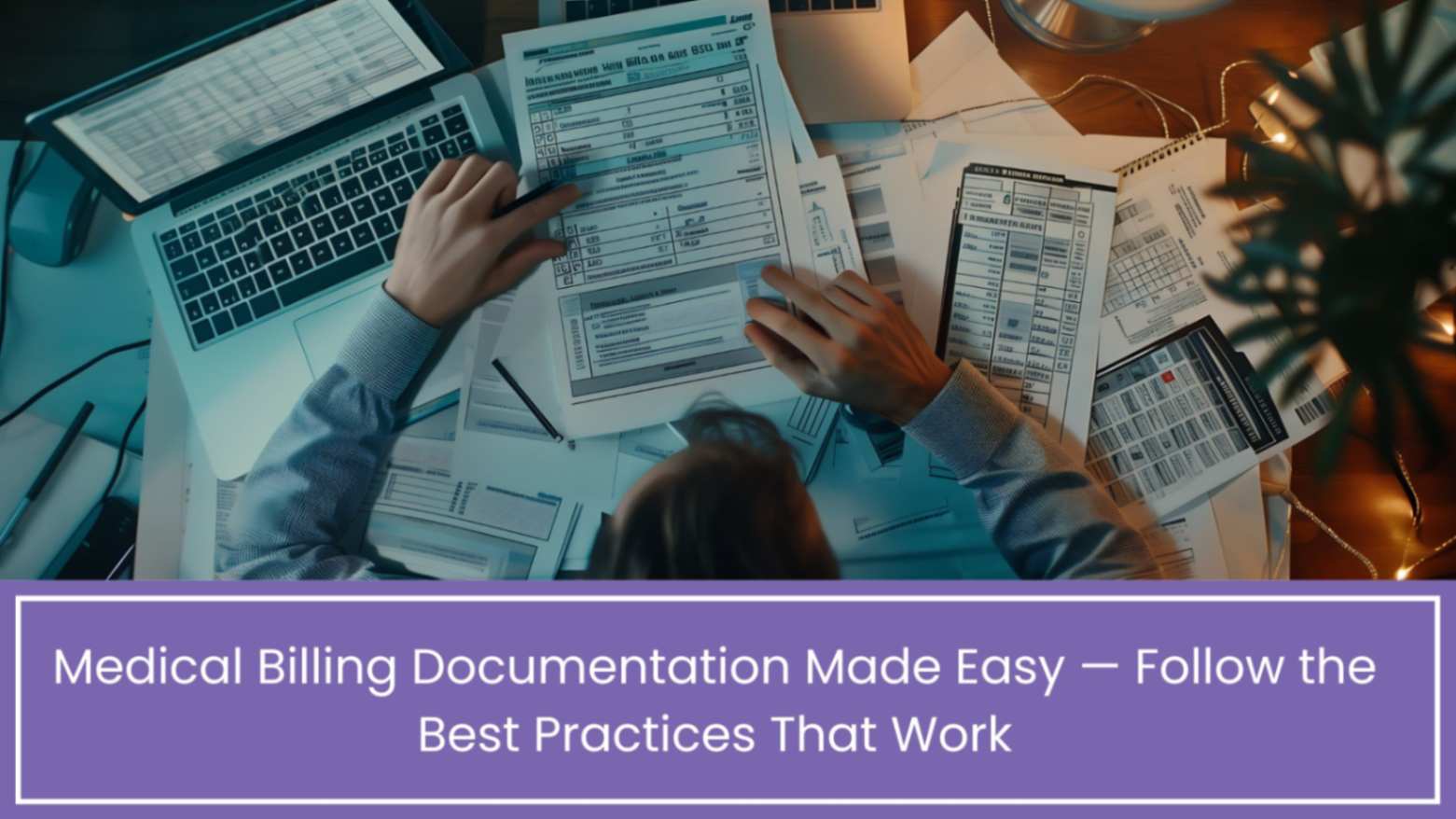Virtual Medical Assistants Vs In-House Staff
Is it time to rethink your clinic’s staffing?
Healthcare is changing fast. Between growing administrative responsibilities, shrinking reimbursement margins, and heightened patient expectations, clinics now face the pressure of having to do more with fewer resources. One of the most common questions we have heard from providers and practice managers these days is
“Should we continue to bring in a virtual medical assistant Vs in-house Staff ?”
That is indeed a valid question. Virtual medical assistants have now evolved from a trend into a plausible solution for staffing. Yet the fact that they are a solution does not necessarily make them suitable for every situation. This article discusses the advantages and disadvantages of VMAs and in-house staff to let you make the appropriate choice concerning your practice workflow, values, and growth goals.
Table of Contents
What Is a Virtual Medical Assistant?
A virtual medical assistant is a team member working remotely who undergoes training to help medical practices in clinical and administrative tasks. They usually tend to work offshore locations like the Philippines or India, but some are also U.S.-based. VMAs usually assure HIPAA compliance and have proficiency in using electronic medical records (EMRs), practice management systems, and communication platforms.
Some other general things that healthcare virtual assistants could do for you include:
Appointment scheduling and confirmations
- Insurance verification
- Charting and documentation support
- EMR data entry
- Follow-up calls and reminders
- Claims tracking and billing support
What makes Vitual Medical Ass attractive is their quick onboarding time, often within days, and that they require no physical office space or hardware from you!
In-House Staff: The Traditional Model
In-house employees are the familiar faces inside your practice—receptionists, medical assistants, billing staff, front-desk coordinators, and so on. These individuals handle a mix of patient-facing and back-office duties and are physically present to support your day-to-day operations.
Having someone on-site means they can handle dynamic tasks, assist with emergencies, or take care of things that just can’t be done virtually—like checking vitals or physically pulling a chart.
Comparing Virtual Medical Assistant and In-House Staff
Let’s take a closer look at how virtual medical assistants and in-house hires compare across key operational areas:
1. Cost and Overhead:
Virtual Medical Assistant
- Typically more affordable, especially when sourced offshore
- No office space, health insurance, or employment taxes required
- You pay only for productive hours or tasks completed
In-House Staff
- Higher fixed costs: salary, benefits, PTO, and insurance
- You’ll need to invest in space, equipment, and onboarding
- Payroll can quickly add up, especially for full-time roles
2. Flexibility and Scalability:
Virtual Medical Assistant
- Can work part-time, full-time, or per-task
- Easy to scale up or down depending on workload
- Great for weekend or after-hours support across time zones
In-House Staff
- Work fixed hours, often tied to clinic operating times
- Scaling requires hiring, onboarding, and benefits planning
- Coverage gaps during vacations or turnover can disrupt operations
3. Training and Skill Sets:
Virtual Medical Assistant
- Often pre-trained in healthcare workflows, specialty areas, and EMRs
- Vendors like Practolytics typically handle screening and onboarding
- Many are experienced in U.S. healthcare systems
In-House Staff
- Training and onboarding are your responsibility
- Steeper learning curve if new to the role or healthcare environment
- Some clinics benefit from the control that hands-on training provides
4. Workflow Integration and Communication:
In-House Staff
- Face-to-face communication makes collaboration easy
- Ideal for spontaneous or complex in-person tasks
- Well-suited for roles requiring physical presence
Medical Virtual Assistant
- Requires structured workflows and digital communication tools
- Needs clear expectations and defined roles to stay efficient
- Not a fit for hands-on responsibilities like patient intake or clinical procedures
5. Team Culture and Patient Connection:
In-House Staff
- Builds strong internal culture and sense of belonging
- Develops direct relationships with patients over time
- Contributes to team morale and daily clinic energy
Virtual Medical Assistant
- Can feel disconnected if not included in regular meetings or check-ins
- May not fully grasp the nuances of your clinic culture or patient community
- Still valuable contributors with the right onboarding and engagement
6. Accountability and Oversight:
In-House Staff
- Easier to monitor, redirect, and support in real time
- Performance can be observed and corrected quickly
- Offers more hands-on management opportunities
Virtual Medical Assistant
- Performance tracked through deliverables, time logs, or QA dashboards
- Relies on clear communication, goal-setting, and task structure
- Reputable VMA vendors often provide detailed metrics and support
When Does a Virtual Medical Assistant Make Sense?
You might consider adding a VMA to your team if:
- Your front desk is overwhelmed with calls, scheduling, or documentation
- You’re struggling to keep up with EMR entry or billing
- You need coverage during evenings, weekends, or high-volume times
- You’re expanding but not quite ready to bring on another full-time employee
- You’re looking to reduce overhead without reducing quality of care
Typical Virtual Healthcare Assitant roles include
- Scheduling and reminders
- Insurance verification
- Claims support
- Scribing for telehealth or remote consults
- General administrative support
When In-House Still Wins
Despite the rise of virtual support, in-house staff are essential for:
- Patient-facing interactions (rooming, vitals, front-desk reception)
- Physical tasks like filing, lab work, or restocking
- Handling urgent issues that need someone on the ground
- Maintaining continuity and relationships with long-term patients
Another approach is to use a specialized service. Virtual Medical Assistant Companies like Practolytics match providers with pre-screened medical VAs. An agency can save you time by filtering candidates for relevant healthcare experience. If you recruit on your own, be ready to review resumes carefully for things like past clinic work or experience with medical software. Emphasize in your outreach that medical know-how is a plus.
Pro tip: When you start interviewing or even doing initial phone screens, use realistic scenarios. For example, Practolytics recommends role-playing a patient call or asking how the Virtual Assistant for Providers would handle a sudden schedule change. This shows you how they think and communicate in practice. Combining an online search with word-of-mouth recommendations usually gives you a strong pool of candidates.
Plan Interviews and Onboarding
Finally, outline how you’ll choose and train your healthcare assistant. During interviews, probe both their skills and their communication. Ask them to walk you through a past project or to explain how they’d use your EHR. Check references: speak to former supervisors or colleagues to verify their reliability in a healthcare setting. Make sure they understand they’ll be dealing with private info and note their professionalism.
Once you select a VA, have an onboarding plan ready. Grant the virtual assistant access to systems (EHR, phone portal, etc.) and give a short tutorial on your processes – for example, show them how you enter notes or schedule appointments. Many offices start the first week with daily check-ins, even if just 5–10 minutes, to answer questions and adjust the workflow. For instance, you might hold a brief video call each day of the first week to provide feedback and answer questions. After that, you can switch to weekly check-ins. These early conversations build rapport and catch any issues before they become problems. With this plan in place, your VA will integrate smoothly into your team.
Take the Next Step with Practolytics
Doing this prep work up front sets the stage for a successful hire. When you’re ready to bring in a Virtual Assistant, Practolytics offers dedicated virtual medical assistant services and onboarding support. Their experienced team “reforms operations, reduces workloads, and up the level and quality of patient care” while staying fully HIPAA-compliant. In other words, they can help you through each step—from candidate screening to training—and get your new assistant working for you right away. To learn more, visit Practolytics website or contact their team for details and a demo.
Read More – From Chaos to Efficiency: A Small Practice’s Journey with a Virtual Assistant






